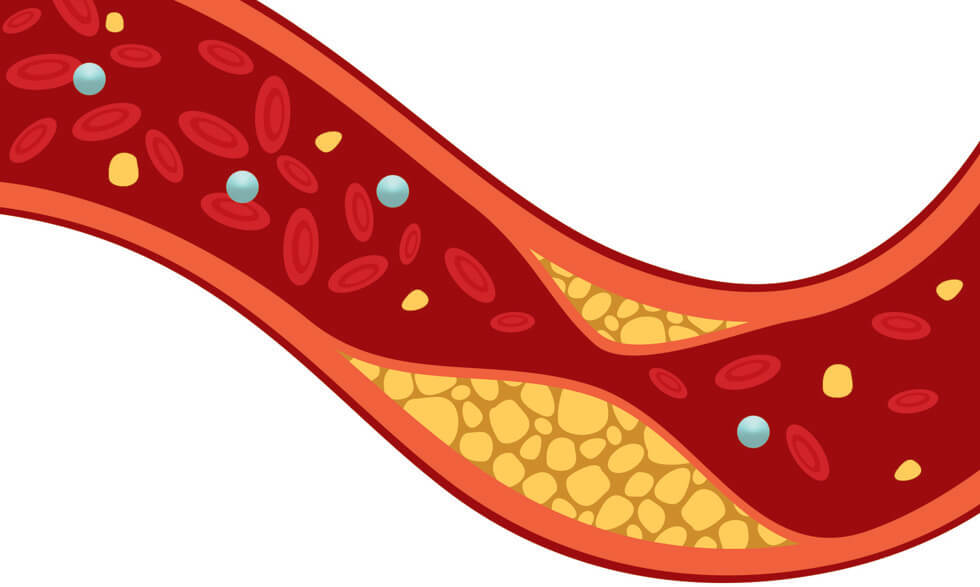Is the joint association of lipoprotein(a) [Lp(a)] and coronary artery calcification (CAC) with increased risk of atherosclerotic cardiovascular disease (ASCVD) independent? This study recently published by the American College of Cardiology takes a look.
Quick Takes
- Lp(a) and CAC are independently associated with ASCVD risk of death, fatal and nonfatal MI, and stroke after adjusting for other risk factors including family history of MI and each other.
- Lp(a) has little clinically relevant prognostic implication for guiding primary prevention therapy decisions when CAC is known.
- A higher 10-year ASCVD incidence occurs in the Lp(a) 5th quintile when compared with Lp(a) quintiles 1-4, but only among participants with CAC ≥100.
- In persons with CAC from 0 to <100, there was no difference in incident ASCVD when the Lp (a) was ≥50 mg/dL, the level at which Lp(a) is considered a risk-enhancing factor.
Methods:
Plasma Lp(a) and CAC were measured at enrollment among asymptomatic participants of the MESA (Multi-Ethnic Study of Atherosclerosis; n = 4,512) and DHA (Dallas Heart Study; n = 2,078) cohorts. Elevated Lp(a) was defined as the highest race-specific quintile, and three CAC score categories were studied (0, 1-99, and ≥100). Associations of Lp(a) and CAC with ASCVD risk were evaluated using risk factor–adjusted Cox regression models. ASCVD events included ASCVD-related death, nonfatal myocardial infarction (MI), or fatal or nonfatal stroke.
Results:
Among MESA participants (61.9 years of age), 476 incident major ASCVD events were observed during 13.2 years of follow-up. Elevated Lp(a) and CAC score (1-99 and ≥100) were independently associated with ASCVD risk (hazard ratio [HR], 1.29; 95% confidence interval [CI], 1.04-1.61; HR, 1.68; 95% CI, 1.30-2.16; and HR, 2.66; 95% CI, 2.07-3.43, respectively), and Lp(a)-by-CAC interaction was not noted. The distribution of CAC scores was similar across quintiles of Lp(a) at about 50% CAC = 0, and 25% for 1-99 and ≥100. Compared with participants with nonelevated Lp(a) and CAC = 0, those with elevated Lp(a) and CAC ≥100 were at the highest risk (HR, 4.71; 95% CI, 3.01-7.40), and those with elevated Lp(a) and CAC = 0 were at a similar risk (HR, 1.31; 95% CI, 0.73-2.35). Similar findings were observed when guideline-recommended Lp(a) and CAC thresholds were considered, and findings were replicated in the DHS.
Conclusions:
Lp(a) and CAC are independently associated with ASCVD risk of death, fatal and nonfatal MI, and stroke and may be useful concurrently for guiding primary prevention therapy decisions.
Perspective:
Current national cholesterol management guidelines consider elevated Lp(a) level ≥50 mg/dL as a risk-enhancing factor, and recommend using the CAC score (≥100 or ≥75th percentile for age, sex, and race) measure to guide decisions regarding primary ASCVD prevention. While the relationship of Lp(a) and CAC score and ASCVD are independent and additive, there is minimal clinical value when the CAC score is known. But persons with concomitant Lp(a) and CAC elevation (≥50 mg/dL and ≥100 CAC, respectively) have a >20% cumulative ASCVD incidence (secondary prevention coronary heart disease risk equivalent) over 10 years. These levels justify high-intensity statin therapy, intensifying lifestyle modification, and the addition of aspirin.
--
At CCC-Mt Sinai, our patients are monitored for their levels and we adjust therapy/treatment based on results. Give us a call at 201-499-7361 or go online so we can help to check your levels too!
--



